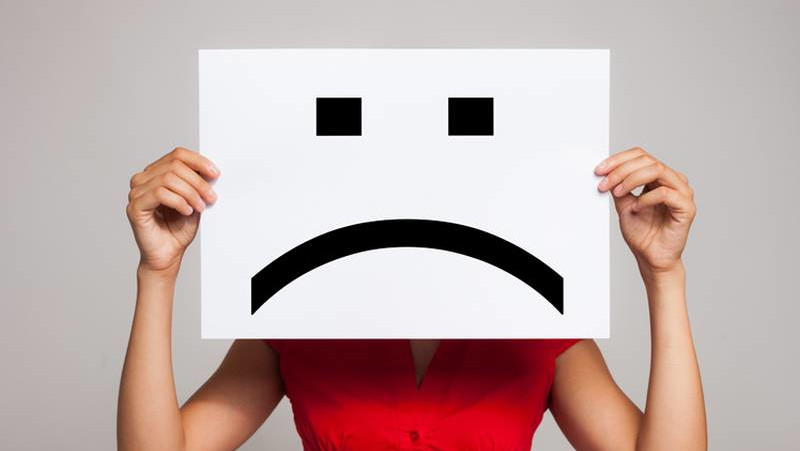
A clunky, confusing website limits your bookings. You don’t have to be a huge chain hotel to build a great site. Keep these six UX design trends in mind while designing (or revamping) your site experience, and you’ll be in the running for best hotel website.
These six user-experience ideas will make for the best hotel website
#1: Include a clearly visible booking window
Make it as easy as possible for a prospect to book a room once they visit your website. The booking window or button should be clearly visible no matter which page a site visitor is on. Now, it should not be a nuisance. A window that keeps popping up while someone is trying to read about a room’s amenities is annoying. Keep your sales funnel in mind while designing your site by making the conversion process as smooth as possible.
#2: Make it easy for customers to compare
Sites like Expedia are successful because they make it as easy as possible for travelers to compare different rooms, amenities, and prices. Do the same on your website. Include sections that show visuals, prices, features (i.e. bed size, smoking/non-smoking) for different rooms along with pricing. This way, it becomes a choice between something at your hotel and something else at your hotel as opposed to a choice between your hotel and another hotel.
#3: Optimize your payment form
First of all, use your own payment gateway, when possible, as long as its secure. Redirecting your guests to another site is interruptive to your hotel’s site design. You also risk undermining the credibility of your hotel. Redirections tend to make people nervous. After setting up your own gateway, limit the amount of information you collect via the payment form. Gather the bare minimum you need to reserve the room and receive payment. Don’t frustrate guests with a ridiculously detailed form. And, ensure that guests receive a prompt email confirmation, so they are confident the booking went through.




